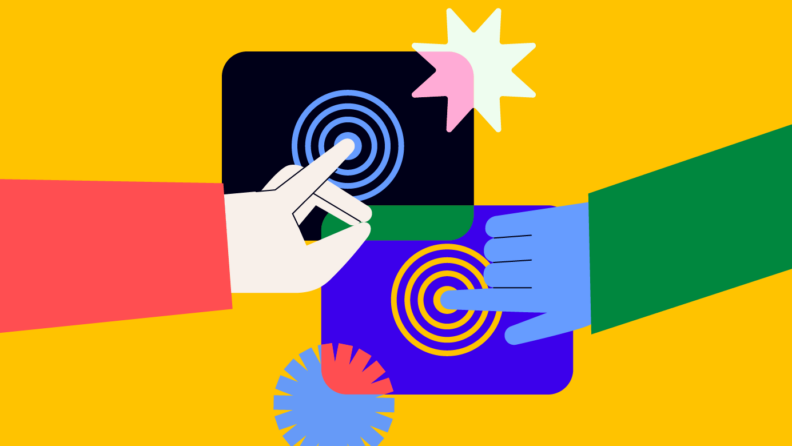No other marketing campaign type packs quite as much of a punch as experiential marketing. It’s why 41% of marketers rate experiential marketing as the most effective marketing technique.
I’ve worked in marketing for over ten years, helping businesses grow their brand and drive new business leads. I also started my own ecommerce brand a few years ago which has given me the opportunity to experiment with different marketing tactics and channels. For me, marketing campaigns work best when customers can really connect with your brand on a personal level, and that’s exactly what experiential marketing is designed to do.
In this article, we look at the benefits of experiential marketing for your business and share some examples to inspire your next marketing campaign.
What Is Experiential Marketing?
Experiential marketing is about directly engaging with your target audience through memorable experiences. While it often takes the form of brand activations, installations, pop-up stores, product sampling and other types of live events, it actually brings together multiple forms of marketing including merchandising, digital marketing, video marketing, social media and advertising.
For example, an experiential event could take the form of a pop up brand installation where potential customers can learn more about your products, while trying free samples and sharing their experiences on social media. The main thing is that experiential marketing should make a lasting impression on your potential customers.
And, nowadays an experiential marketing strategy isn’t just restricted to in-person interactions. Thanks to live streaming and VR technology, you can run an experiential marketing campaign for potential customers all over the world.
Benefits Of Experiential Marketing
There’s no denying the impact of experiential marketing—a massive 91% of consumers are more likely to purchase a brand’s product or service after participating in a brand activation or immersive experience.
Let’s drill down into what exactly makes experiential marketing so powerful:
Brand Awareness
Experiential marketing is perfect for building brand awareness. Hosting a brand activation event in a public place is a great way to grab attention and create hype around your brand. Combining a physical event with a social media campaign and brand hashtags further drives conversation around your brand and boost awareness of your business. 98% of consumers create content (e.g. photos and videos) at experiences and events, and all that user generated content helps to grow your brand.
Brand Affinity and Loyalty
We buy from companies that we care about. In fact, 71% of customers recommend a brand based on emotional connection. Creating memorable experiences for your audience helps them to get to know your business and invest emotionally in you which makes them far more likely to make repeat purchases.
Experiential marketing allows you to tell the story of your brand and your products, what matters to you as a business and what you stand for. This makes your business feel real and authentic, which boosts engagement and creates brand ambassadors.
Trial Your Products
One of the biggest advantages of experiential marketing is that it can get your products in the hands of potential customers. Not surprisingly, 80% of consumers say that live demonstrations and free samples significantly define their purchasing decision.
Experiential marketing isn’t just for products businesses either. If you’re a SAAS business then why not run demonstrations or offer free trials and exclusive content at a product sampling event. Not only will you drive sales but you’ll also get invaluable feedback which you can use to improve your products or service.
Lead Generation
65% of brand owners report that experiential marketing boosts sales and I have experienced that first hand. I used to own a photography business, and we would regularly set up installations at wedding fairs and industry conferences as a way to generate new leads.
Attendees would take a photo with their friends, after which we would send them the photos along with a brand hashtag. This not only resulted in potential customers sharing their photos on socials (while promoting our company) but it also gave us a list of potential leads which we followed up with after the event. These leads were far more reliable than leads we received through other marketing strategies like cold calling.
Market Research
I’ve talked before about the importance of understanding your target audience, but getting genuine market feedback can be time consuming and expensive, particularly if you don’t have a physical shop.
Experiential events give you the opportunity to directly communicate with your potential customers so you can find out what matters to them, what their pain points are and how you can fix them. If you host demonstrations or offer free products, you can even get feedback on how you can improve your product or services in real time.
10 Examples Of Experiential Marketing
I’ve chosen 10 types of experiential marketing which demonstrate how you can connect with your audience in truly inspiring ways. And while a lot of these examples are from big brands with big budgets, there are techniques in there that even small businesses can adopt.
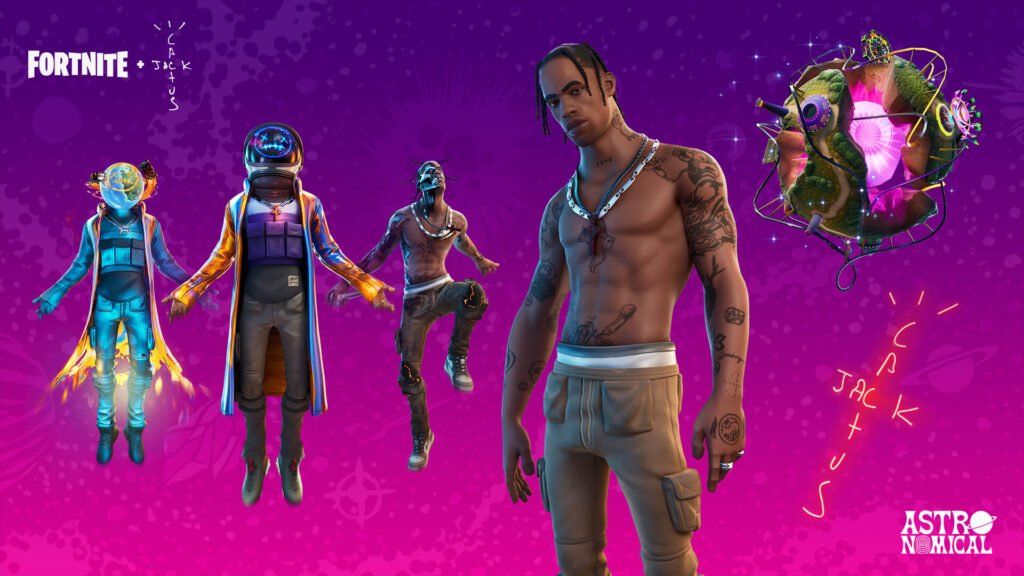
1. Partner up: Fortnite and Travis Scott
The creators of video game Fortnite partnered up with rapper Travis Scott to create an in-game virtual concert which was joined by 27.7 million unique players. Scott is known for his surreal and creative concerts which made him a perfect fit for an innovative video game and the crossover in audiences boosted both brands.
It’s a great example of how you can partner with another business to create a truly unique brand experience for your prospective audience. For those of us without the budget for a famous artist, why not partner up with a thought leader who is relevant to your audience? For example, if you sell email marketing software you could host an online interactive experience with marketing experts who share their insights.
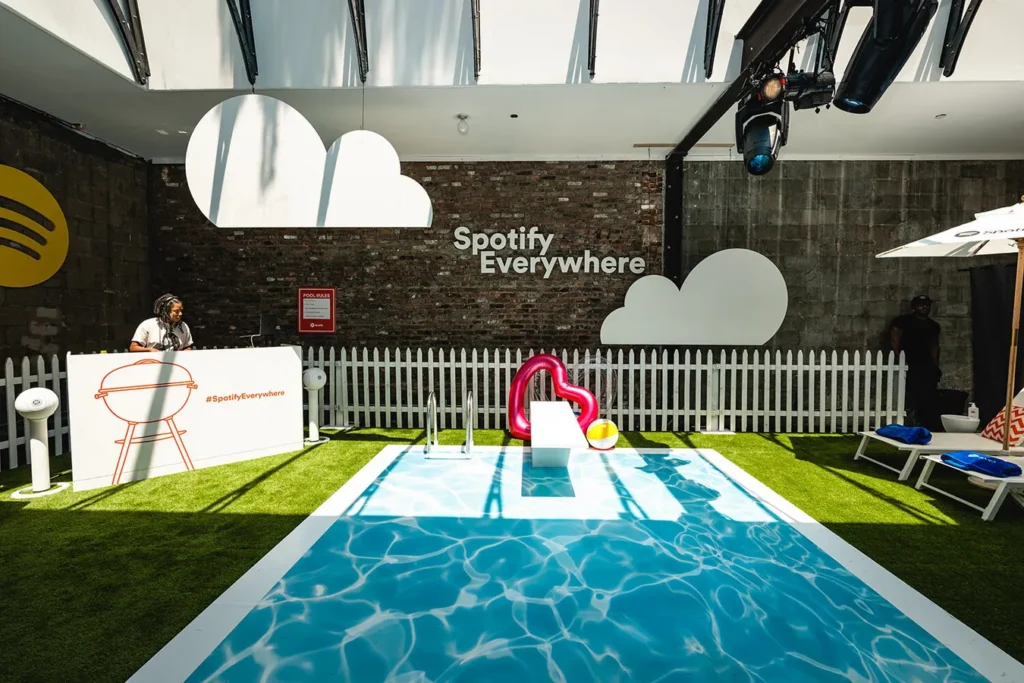
2. Create Unforgettable Installations: Spotify’s House of Audio
In 2022, Spotify created a real-world house of audio in Manhattan, where attendees could explore rooms filled with different audio products and tools you can use to listen to Spotify, along with lots of hidden surprises. The aim of the event was to create a listening experience which people could interact with in a hands-on way and then share on social media.
The event is a good reminder to think about how you can give your potential customers a different experience of your products. For example if you sell design software then what about hosting an event where attendees can physically see and touch artwork created using your software?
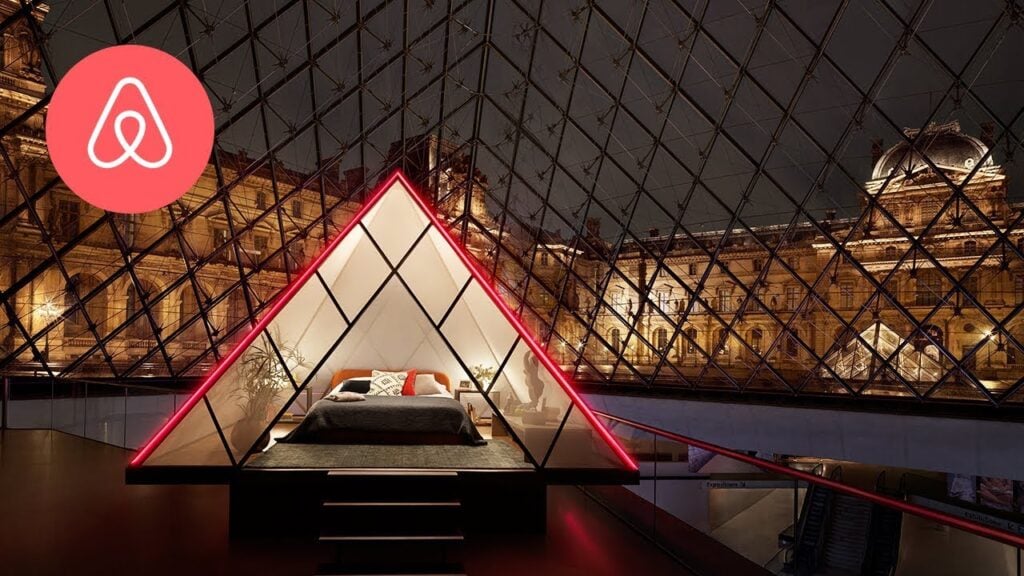
3. Leverage Your Contacts: Airbnb's “Night At” campaigns
Airbnb’s Night At campaign offers people the chance to stay at unique locations around the world such as the Paris Catacombs, Abbey Road Studios, and the Maracanã Stadium. It’s a great example of how you can use your brand and contacts to create truly unique experiences for your audience.
You might not have the budget for a night at the Louvre, but you can still offer your audience special experiences by partnering with other brands that compliment your business. Are there any unusual locations or experiences that you have access to that would interest your audience?
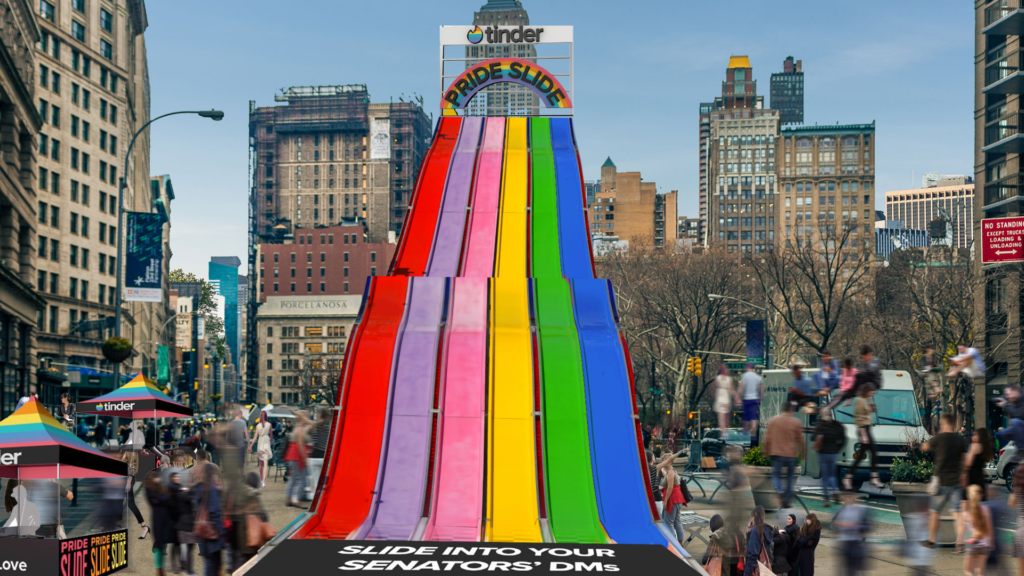
4. Celebrate Your Values: Tinder’s Pride Slide
In 2019, Tinder celebrated World Pride by installing a massive “Pride Slide'' in the middle of New York. The giant, multicolored slide was hard to miss and helped to reinforce Tinder’s commitment to supporting LGBTQ+ rights. Tinder went one step further by donating $10 toward efforts to pass the Equality Act for every person who used the slide.
This example demonstrates how important it is to base experiential marketing events around interests and issues that your audience cares about. You don’t necessarily need to create a massive brand installation, why not create branded merchandise for a particular national event or holiday and then use street team marketing to give it out in busy locations.
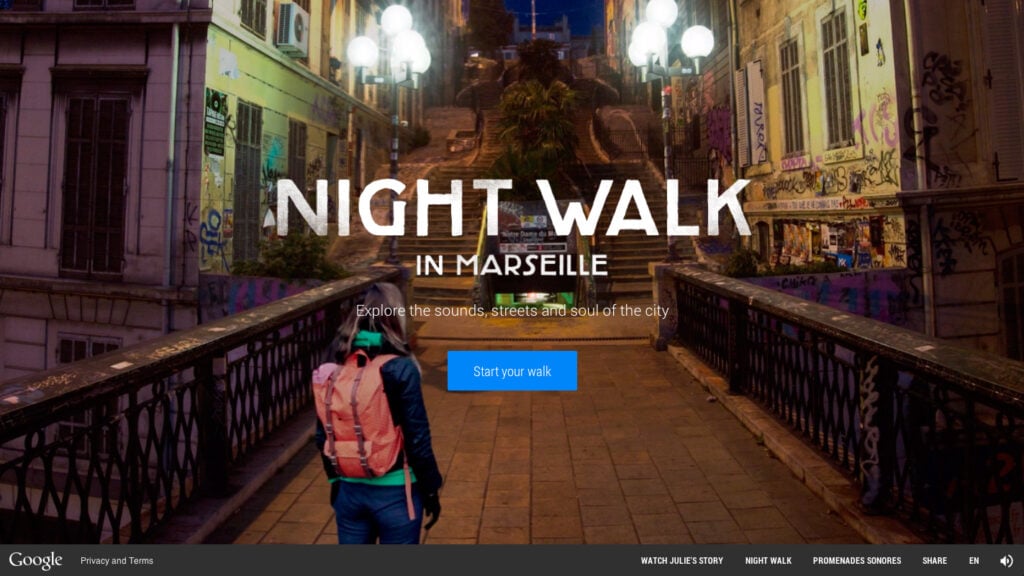
5. Bring your Customers Together: Google’s NightWalk in Marseille
Google created a virtual reality experience whereby users could explore Marseille from the comfort of their own home with the help of a local resident tour guide. This is a great example of a business using its technology to bring people together, which makes for a far more memorable experience than simply telling consumers about your business.
This is particularly true following the pandemic, with many businesses now aware of the importance of creating meaningful personal connections.Think about ways that you can create opportunities for your customers to connect and share their ideas. This could be in the form of an interactive round table or a virtual conference.
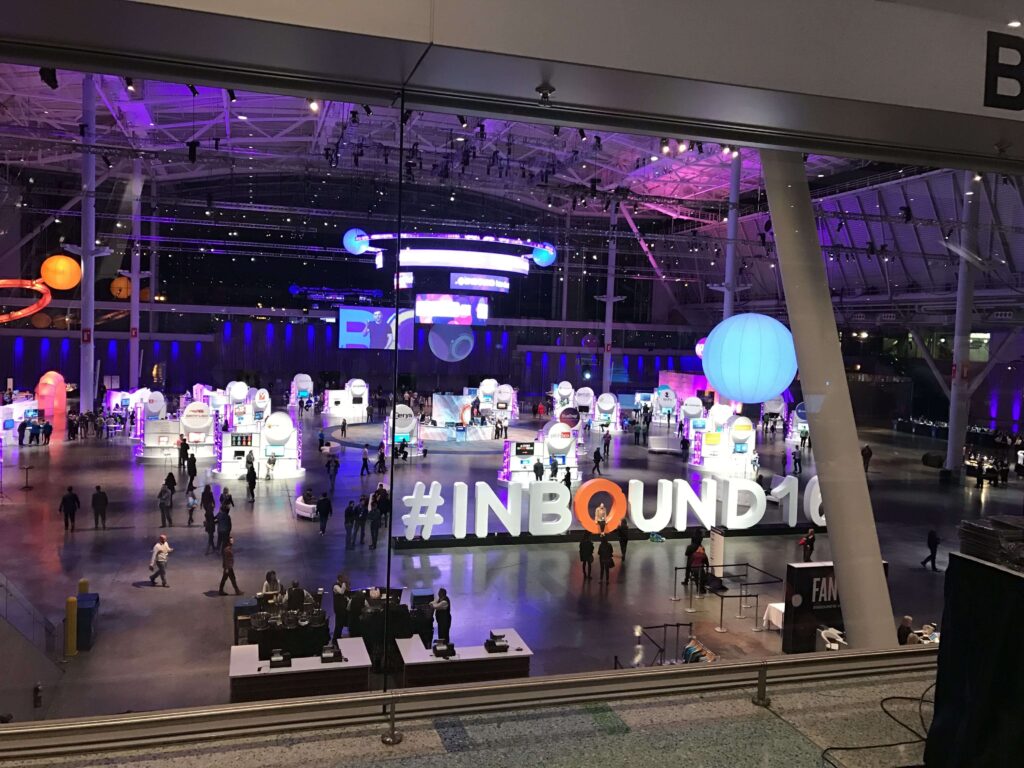
6. Host Immersive Product Launches: HubSpot’s INBOUND Product Launch
HubSpot used experiential marketing to unveil new products at its annual INBOUND conference. Through an entirely virtual event, the audience was given access to interactive sessions with marketing experts, virtual networking rooms, breakout sessions and personalized agendas.
Experiential marketing is the ideal marketing tool for launching new products - you can showcase your products or services directly to the customer, answer their questions in real time and provide valuable takeaways which will leave a lasting impression on your target audience.
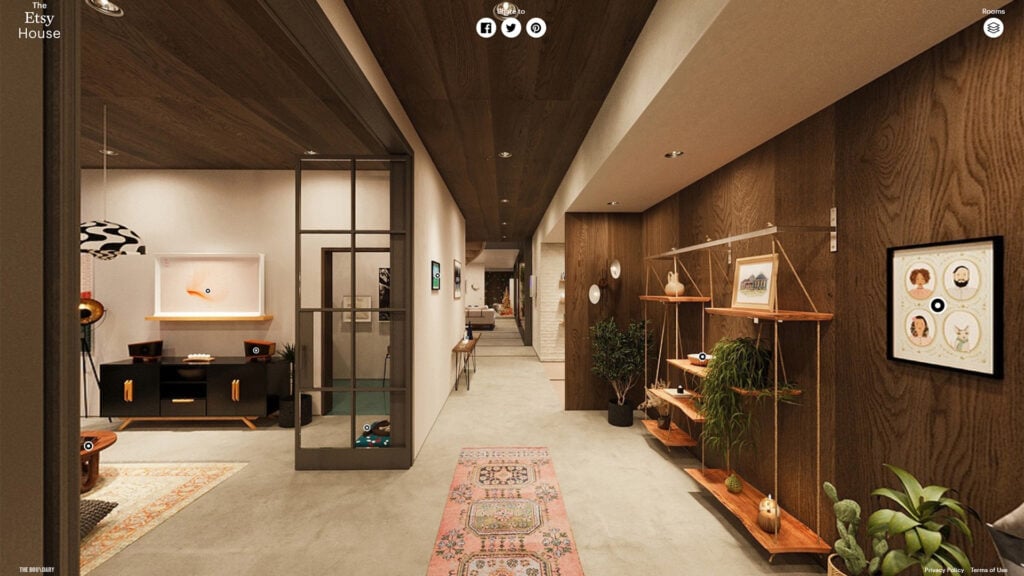
7. Use VR: Etsy Virtual House
In 2021, Etsy created virtual homes full of unique etsy products which people could “walk through” thanks to virtual reality. The true to scale virtual homes were the perfect way for Etsy to show customers how they could create their own dream home with handmade products from the marketplace.
It can be challenging to get consumers undivided attention nowadays but using VR or AR (augmented reality) in your experiential marketing removes outside distractions, helping you to create a more memorable experience for your audience.
Creating your own VR or AR software is clearly not cheap but there are lots of VR and AR apps out there which you could use to offer your audience the experience without the price tag.
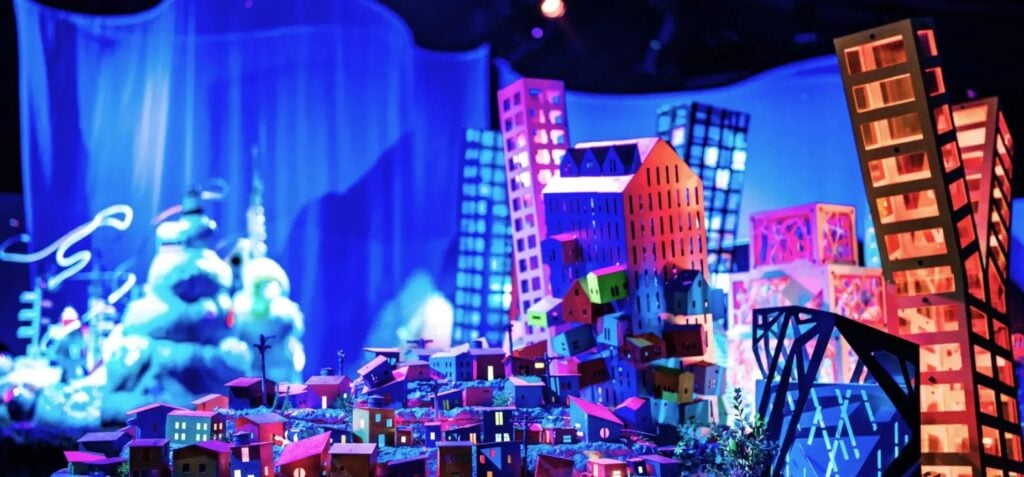
8. Stand Out at Conferences: Spatial’s Holodeck
Conferences and trade shows are the perfect place to use experiential marketing techniques. Immersive audio brand Spatial created the Spatial Holodeck experience at SXSW in 2022, attracting over 2000 attendees. The Holodeck was an interactive installation where visitors could join guided demos and experience spatial technology first hand.
You don’t need to have a massive marketing budget to create an interactive experiential campaign at a conference - you can run games or competitions, offer free products or simply let customers try out your products or services. Anything that gets people interacting with your brand can be effective.
9. Use Photography and Video: Warner Bros’ Barbie Selfie Generator
To generate buzz around the Barbie movie, Warner Bros teamed up with AI photo editing app PhotoRoom to create a photo filter which fans can use to turn themselves into Barbie. The wildly popular interactive tool has been used over 13 million times already!
Everyone loves a photo, and giving your audience the chance to take a branded selfie is a fantastic way to drive brand awareness on social media and encourage user generated content. You don’t need to create a photo filter, even a simple photo booth or video booth can be a great way to interact with potential customers and drive brand awareness.
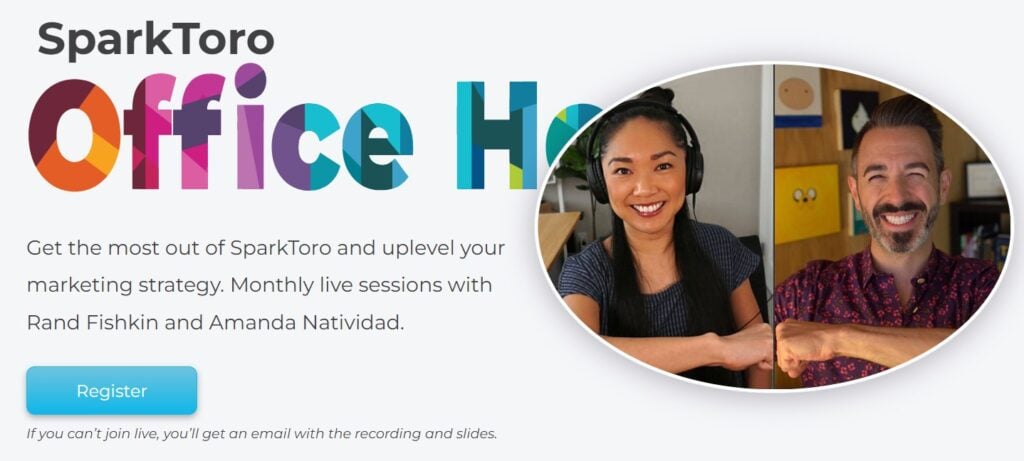
10. Host Online Workshops: SparkToro Office Hours
Online events and workshops can be a really effective marketing channel, particularly for businesses without physical products like SAAS businesses. Audience research tool Sparktoro hosts regular online workshops to show potential users how they can use their software to support their businesses. The workshops are completely interactive - attendees can ask questions, interact with hosts and download helpful guides and checklists during the event.
Thanks to webinar hosting software it’s now easier than ever for businesses of any size to host workshops. In fact, 77.2% of people say they prefer virtual events because of how easy they are to attend.
The important thing is to make your virtual events as interactive as possible in order to build a connection with potential customers.
Time to Make Some Memorable Experiences!
Experiential marketing is all about creating impactful customer experiences, so think about what matters to your target audience and how you can tap into this with unforgettable marketing experiences.
To do this, you’ll need to keep up to date with the issues and trends that your audience are passionate about, so have a look at our 12 best social listening tools to help you gather real-time insights about your customers.
And don’t forget to subscribe to the CMO newsletter to get regular marketing insights delivered straight to your inbox.

